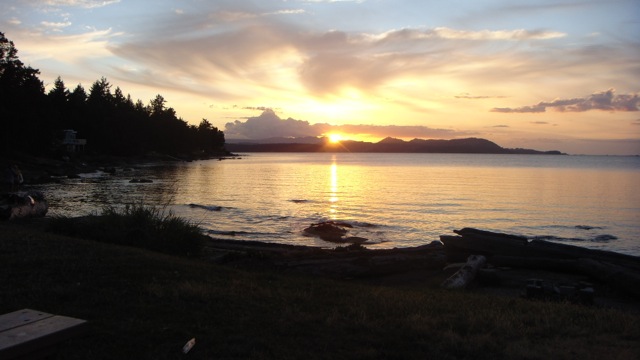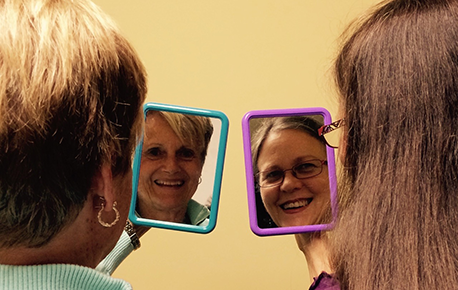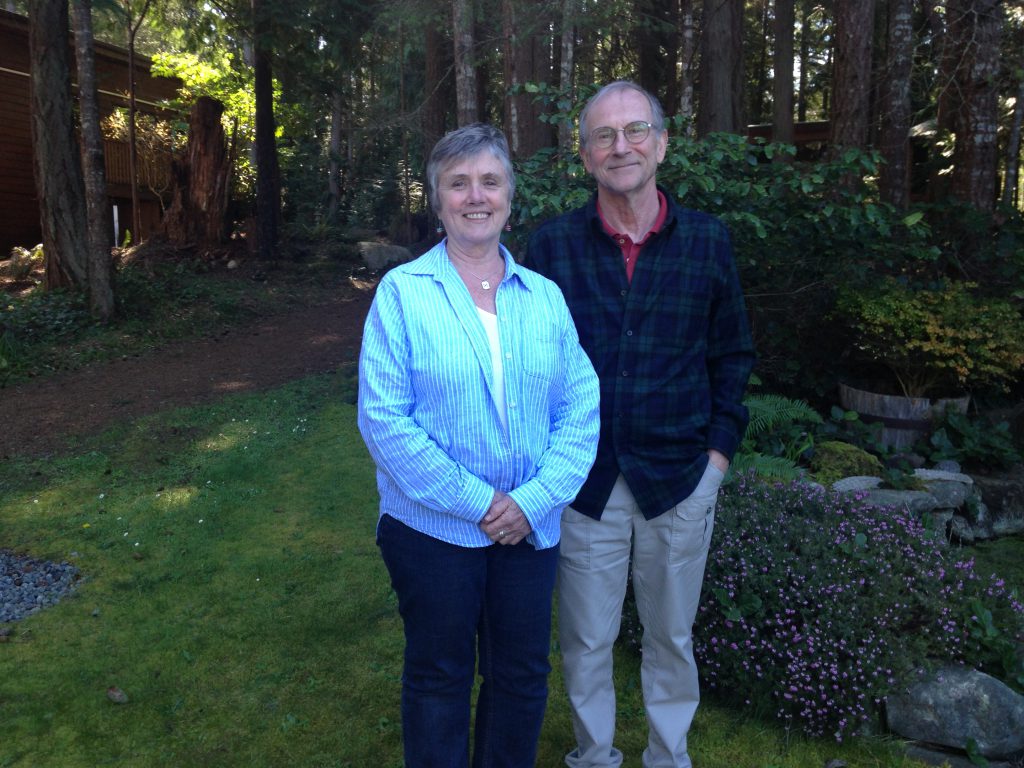The Power of Groups
From the Shen archives.
Until her death in 2012, Gwen Ewan led groups at The Haven for many years, most often with her friend Wayne Dodge. In this article, first published in 2008, she discusses the “magic” that so many people experience in Haven group programs such as Come Alive and Living Alive Phase I. The picture is Paul Klee’s Ships in The Dark.
I am sometimes asked “Why does The Haven do group work?” The skills and approaches that participants learn in our courses are invaluable in countless one-to-one interactions. And the skills that interns learn in our Diploma and Certificate programs are immensely useful in work with other people in one-on-one settings as well as in group situations. But our primary learning environment is the group, and there are some very good reasons for this.
The founders of The Haven, Ben Wong and Jock McKeen, have often told the story of how they first realized the power of the group. In their private practice work in Vancouver they had adjoining offices with a shared waiting room. Ben was a psychiatrist working with youth, many of whom were in trouble with the law, while Jock was an acupuncturist working with older people, often with chronic health conditions. They found that their patients liked to talk with each other in the waiting room; the clients developed connections and friendships and sometimes invited each other to their ‘private’ appointments. It was through this experience that Ben and Jock became aware of the value of relationship as a vehicle for self-discovery, for healing, for life. This is where groups come in: whether they are the informal groups of Ben and Jock’s waiting room, a club or social group, or a therapy group, groups offer rich opportunities for relationship.
The experience of The Haven is one of richness and abundance. People often say they feel full, fulfilled, satisfied after a stay. The setting, the food, the helpful staff are all part of that; and we believe that the biggest part is the experience of being with other people – sometimes people we wouldn’t normally get to know – and sharing ourselves with each other. In group sessions we often have the experience of resonating with others, of connecting at some core level with one another, and perhaps with the common humanity of us all. In a Come Alive group, for example, when one person is the central focus in a group, others are able to learn and heal at the same time. The resonance model taught in Come Alive is an attempt to understand this phenomenon.
Understanding connection to be a basic human need, we can see how groups meet that need. Haven groups are essentially an organized, focused vehicle for contact with others. As much of the professional literature around helping, and a good deal of great art, suggests, this contact taps into the existential questions of our lives. Irvin Yalom (in The Theory and Practice of Group Psychotherapy) sums up this basic human concern in his description of being a leader of a group for women dying of breast cancer.
“Presence,” he says, “is the hidden agent of help in all forms of therapy. Patients looking back on their therapy rarely remember a single interpretation you made, but they always remember your presence, that you were there with them … The group well demonstrates the double meaning to the word apartness: we are separate, lonely, apart from, but also a part of. One of my members put it elegantly when she described herself as a lonely ship in the dark. Even though no physical mooring could be made, it was nonetheless enormously comforting to see the lights of other ships sailing the same waters.”
Groups at The Haven are opportunities to appreciate that we really are sailing the same waters, and to see the lights of the other ships, and in so doing, see our own lights.
*********************
Discover for yourself at Come Alive or another program at The Haven.





